- News
-
-
-
-
-
Latest News Articles
- WSB: Study tests accuracy of thermal drone surveys April 26, 2024
- Computer model explores Tribal use of fire for ecosystem health April 26, 2024
- 2024 TWS Elections: Southwest Representative April 25, 2024
-
-
-
- Wildlife Professional Resources
-
- Our Network
-
- PUBLICATIONS
-
-
Recent Posts
-
 The Wildlife Professional November/December Issue
November 1, 2023
The Wildlife Professional November/December Issue
November 1, 2023
-
-
-
-
-
-
- Wildlife Events
-
-
-
Upcoming Webinars
- No Events
-
-
-
- Who We Are
-
Category: TWS Wildlife News
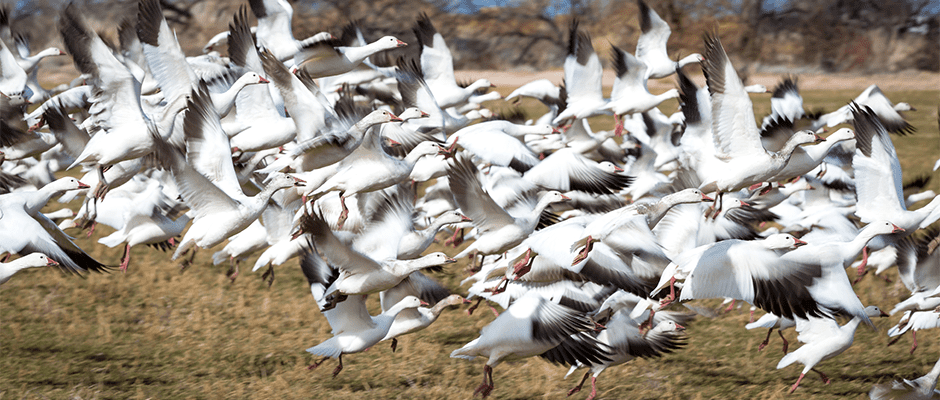
September 18, 2018
Interior announces NAWCA grants
The Department of Interior has announced the approval of $23.8 million in grants for waterfowl and wetland conservation. The Migratory Bird Conservation Commission issued the grants, which will be awarded to U.S. Fish and Wildlife Service for the conservation of nearly 135,000 acres...

September 14, 2018
How well are we safeguarding bee species?
The following is adapted from an article previously published by Bayer. For more than 20 years, pesticide safety testing has included a battery of tests on the honey bee (Apis...

September 13, 2018
Though declining, threatened rattlers show little inbreeding
Eastern massasauga rattlesnakes (Sistrurus catenatus) are declining throughout most of their range, but in Illinois, a 10-year genetics study found a lack of inbreeding among the rattlers there, offering hope...
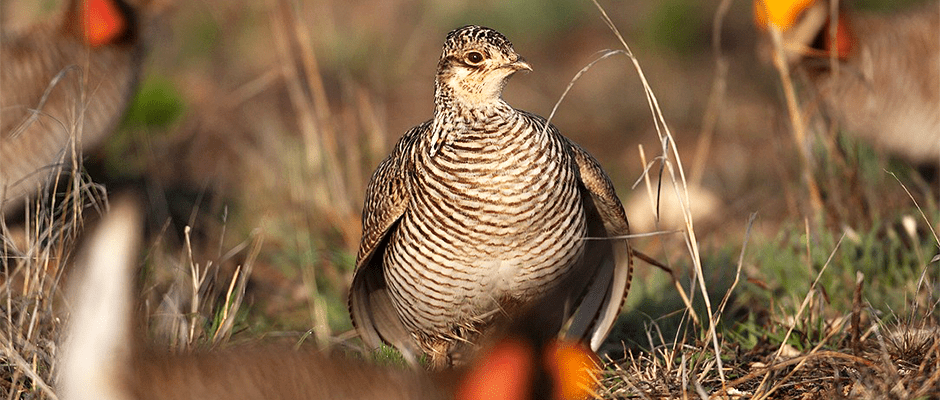
September 12, 2018
JWM: CRP critical for prairie-chickens — but not by itself
On the plains of western Kansas, Conservation Reserve Program lands, where crops have been replaced by native grasses, have proved crucial to lesser prairie-chickens (Tympanuchus pallidicinctus). The threatened birds have...
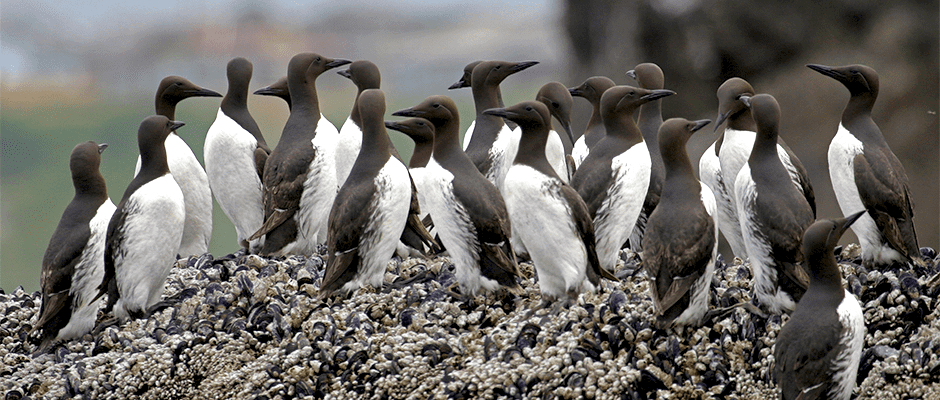
September 11, 2018
Why don’t murre eggs roll off cliffs?
There have always been stories — and some research since the 1950s and ’60s — that murre (Uria aalge) eggs have a unique shape that allows them not to roll...
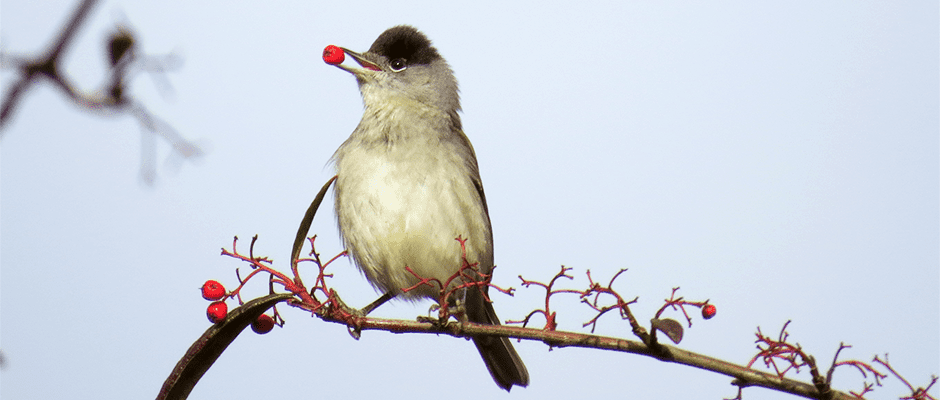
September 7, 2018
WSB: Personal benefits help attract citizen scientists
Researchers in Michigan found that citizen scientists were more likely to use a recently launched citizen science phone app when they saw personal benefits from doing so. In a study...

September 7, 2018
Interior reorganization continues with release of final map
In 2017, the White House announced plans to streamline government agencies and increase efficiency. That included reorganizing the Interior Department so that most of its bureaus would follow the same regional...
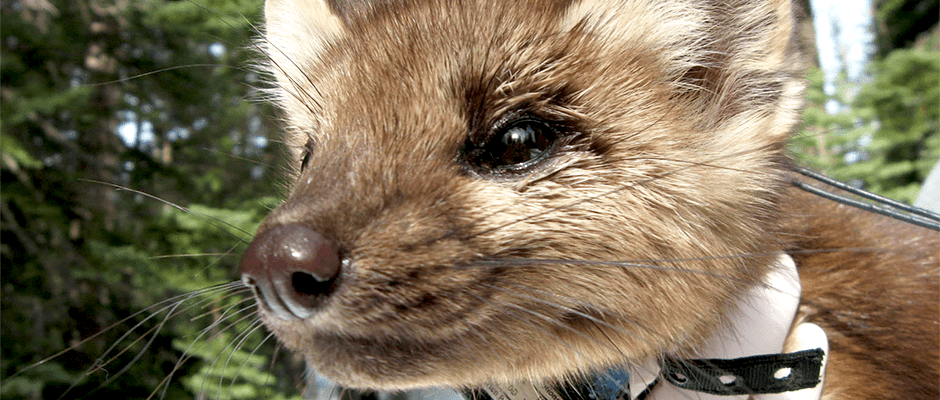
September 6, 2018
WSB: What’s the best way to detect martens?
Collecting distribution information for elusive species can be a challenge, but researchers wanted to find the best, most cost-effective way to do so. In a case study published in the...

September 5, 2018
JWM: Head-starting can help imperiled gopher tortoises
Lending a helping hand to gopher tortoises (Gopherus polyphemus) through head-starting may help augment depleted populations, according to new research. “We know there are depleted populations in areas with suitable...

August 30, 2018
JWM: Community-based wildlife management works in Tanzania
In parts of Tanzania, villages manage wildlife conservation in return for a portion of tourism revenues. This sort of community-based natural resource management has become widespread throughout the country, but...

